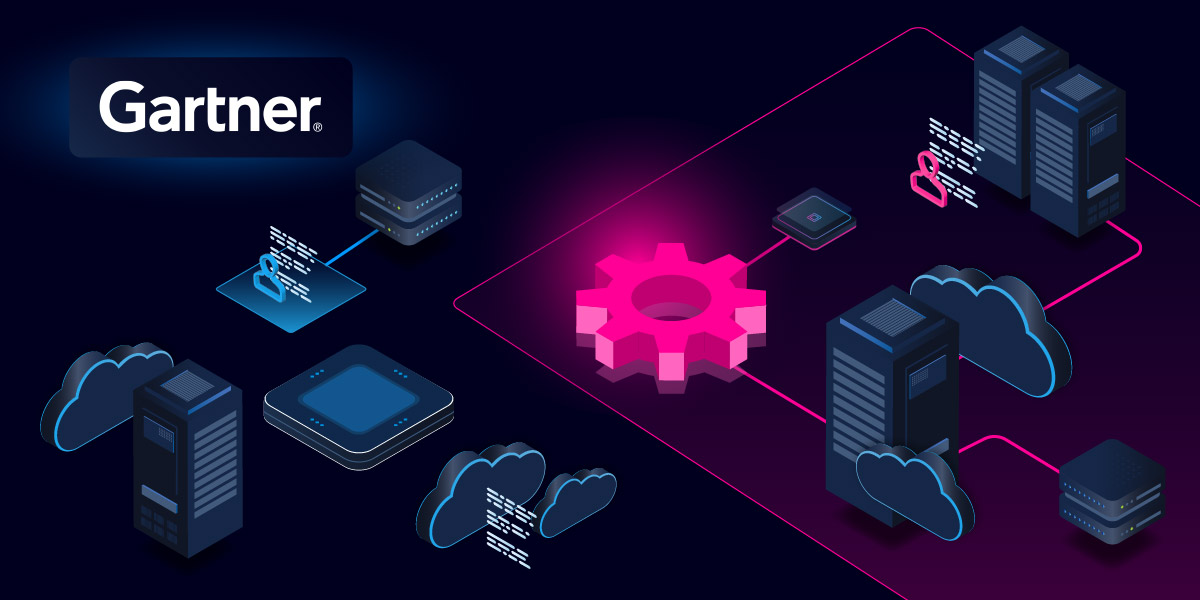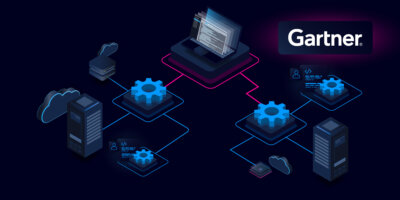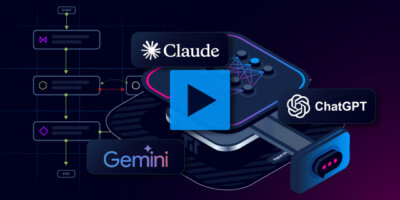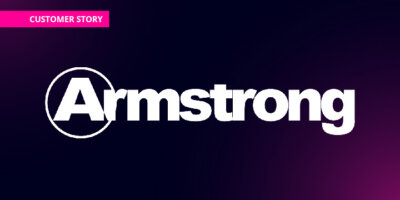Share this

Table of Contents
I&O leaders must rethink delivery, embrace orchestration, and build for self-service — or risk being left behind.
The pressure on infrastructure and operations (I&O) leaders has never been higher.
You’re being asked to deliver faster. Enable self-service. Govern for compliance. Integrate AI. Reduce costs. And somehow do it all with fewer resources and a decades-old stack of tools that were never designed to talk to each other.
At this point, it’s not a tooling problem — it’s a delivery model problem.
The traditional approach to infrastructure automation — build scripts, hand off tasks, react to tickets — simply doesn’t scale. It’s fragmented, fragile, and totally out of step with how modern digital organizations work.
And that’s exactly what Gartner calls out in its 2025 Market Guide for Infrastructure Automation & Orchestration Tools. While automation adoption is widespread, the report reveals that only 23% of organizations have successfully integrated automation into infrastructure service delivery. The rest are stuck in what Gartner describes as “islands of automation” — isolated scripts, disconnected tools, and domain-specific workflows that can’t be reused or governed.
It’s time for a reset.
From Execution to Experience: The Shift to Infrastructure-as-a-Product
The next evolution for I&O isn’t just “better automation.” It’s a shift in mindset — from automating tasks to delivering infrastructure as a product.
That means thinking like a platform team. Building reusable services. Exposing automation through APIs and portals. Empowering internal consumers to get what they need without opening a ticket.
But you can’t get there with a few scripts and a Terraform pipeline. Productized infrastructure requires three things:
- Orchestration, to unify workflows across provisioning, change, and compliance
- Integration, to connect automation to the broader IT ecosystem
- Governance, to ensure every action is secure, auditable, and scalable
This is where most teams stall — not because they aren’t smart, but because they’re stuck stitching together tools that were never designed to work as a system.
Why Orchestration Is the New Baseline
Orchestration isn’t a “nice to have” anymore — it’s the foundation for delivering infrastructure at scale. It’s what allows you to:
- Connect siloed tools and teams.
- Standardize how services are delivered.
- Support platform engineering and self-service initiatives.
- Turn GenAI insights into safe, executable actions.
Gartner’s guidance here is clear: platforms must be able to orchestrate across hybrid environments, unify provisioning and operations, and expose workflows in ways that internal users can consume.
Automation got us started. Orchestration is how we scale.
The AI Moment Is Coming Fast — Will You Be Ready?
Whether you’re experimenting with GenAI in your IT workflows or being asked how it fits into next year’s strategy, one thing is certain: AI is going to touch infrastructure.
But without orchestration in place, AI-powered actions are just more chaos. More scripts. More fragmentation.
You don’t need AI that runs your network. You need orchestration that turns AI-generated intent into safe, trackable, governed infrastructure changes.
Because if your platform can’t translate insight into action — without opening another ticket — then AI is just another layer of noise.
The Bottom Line
You don’t need more tools. You need a platform.
One that helps you operationalize the automation you already have. One that orchestrates across teams and domains. One that enables you to treat infrastructure like a product — because that’s what the business expects.
At Itential, we’ve been building for this shift for years. Orchestration, workflow standardization, AI-augmented execution — it’s all here. And it’s what Gartner is calling for.
Infra isn’t a project anymore. It’s a product. And it’s time to start delivering it like one.



